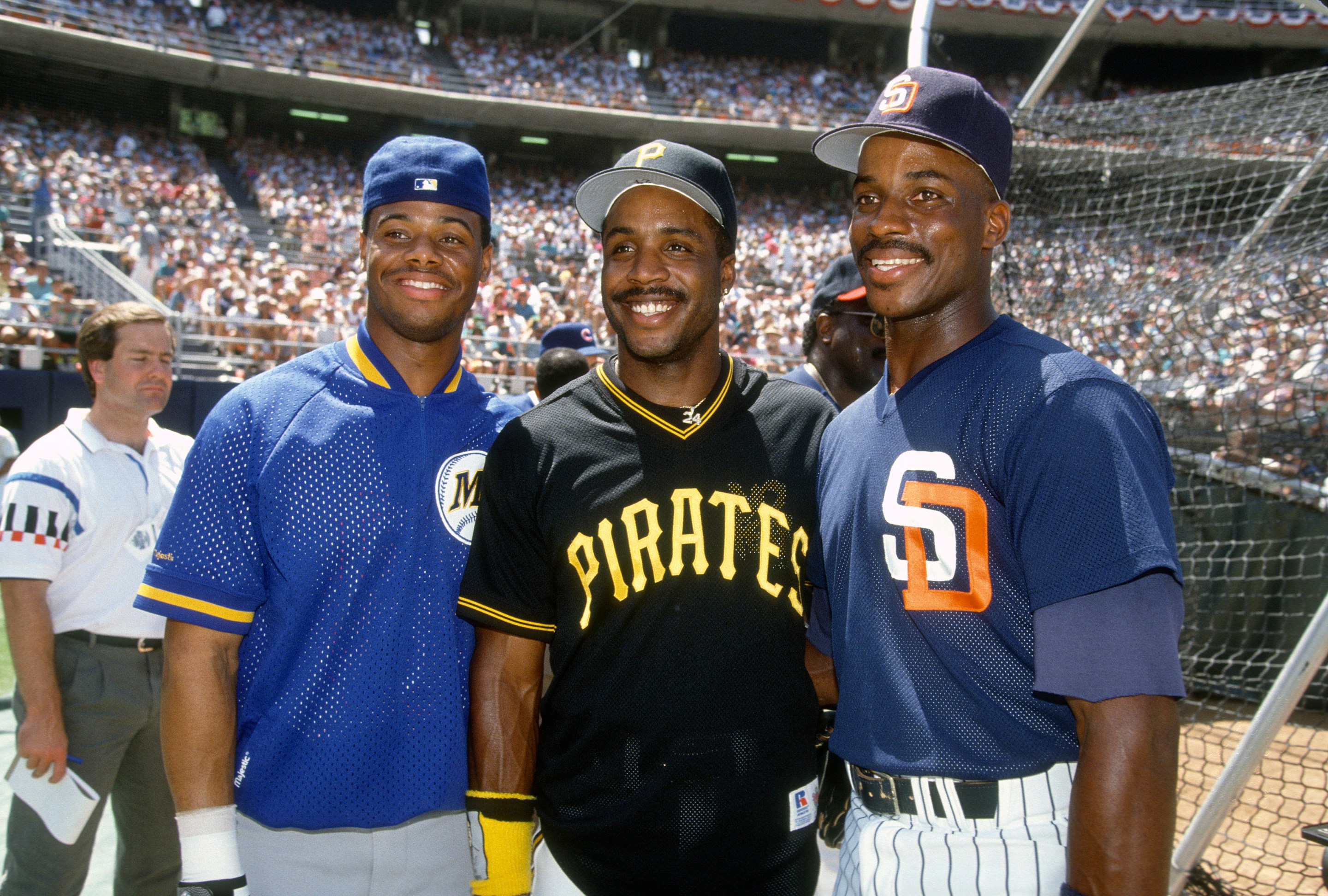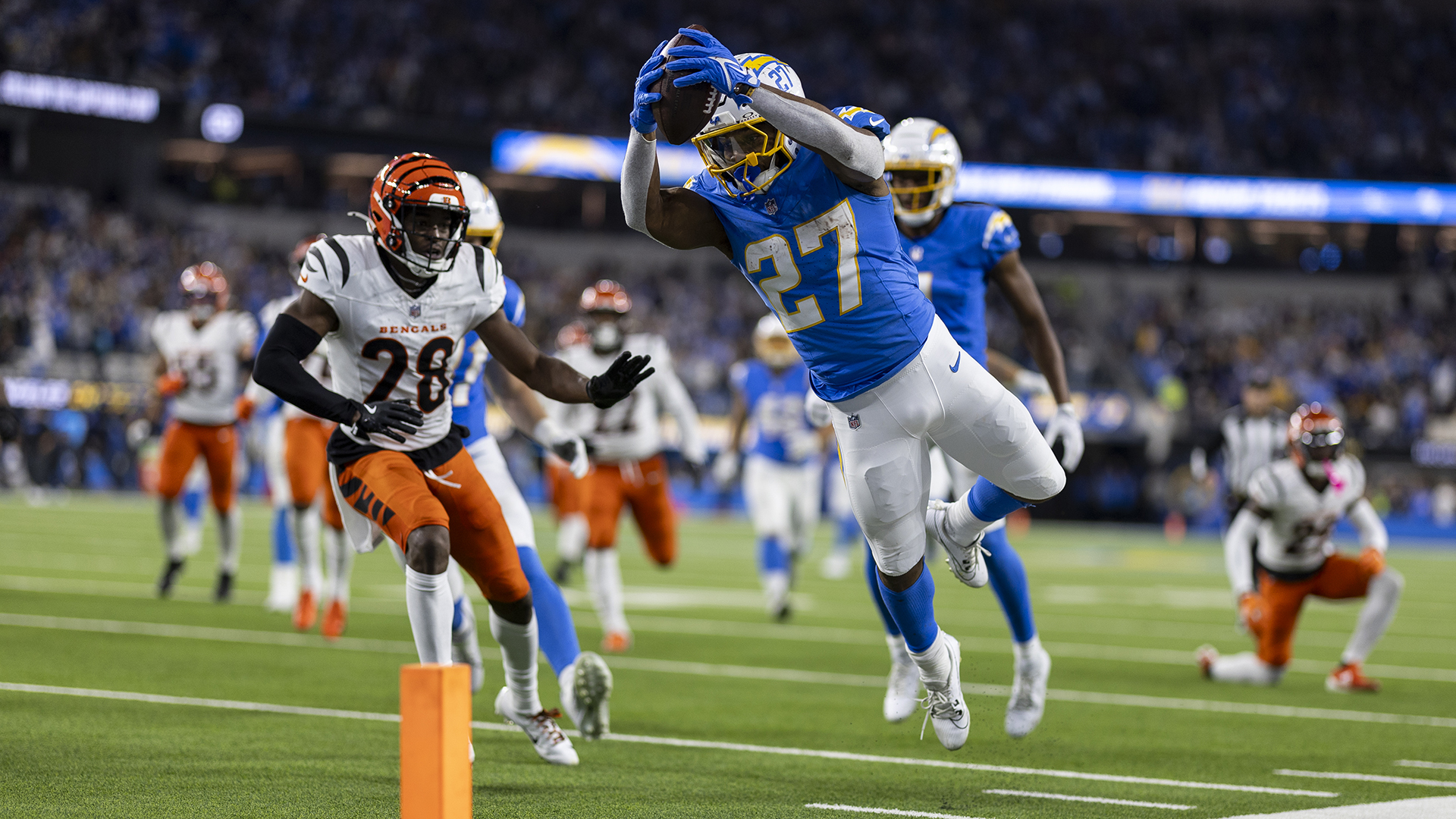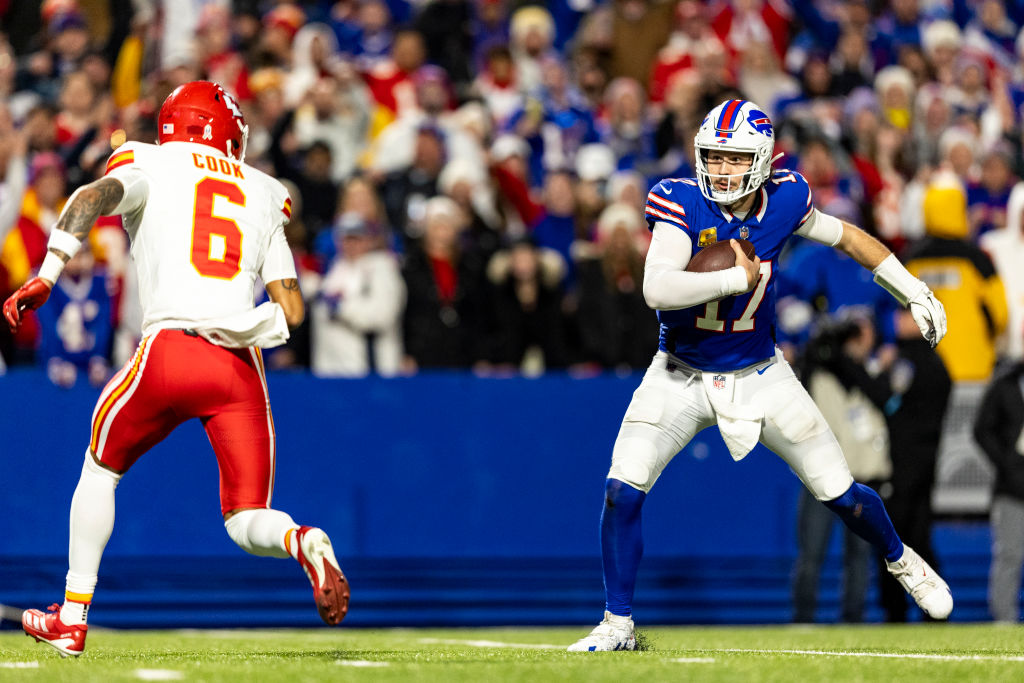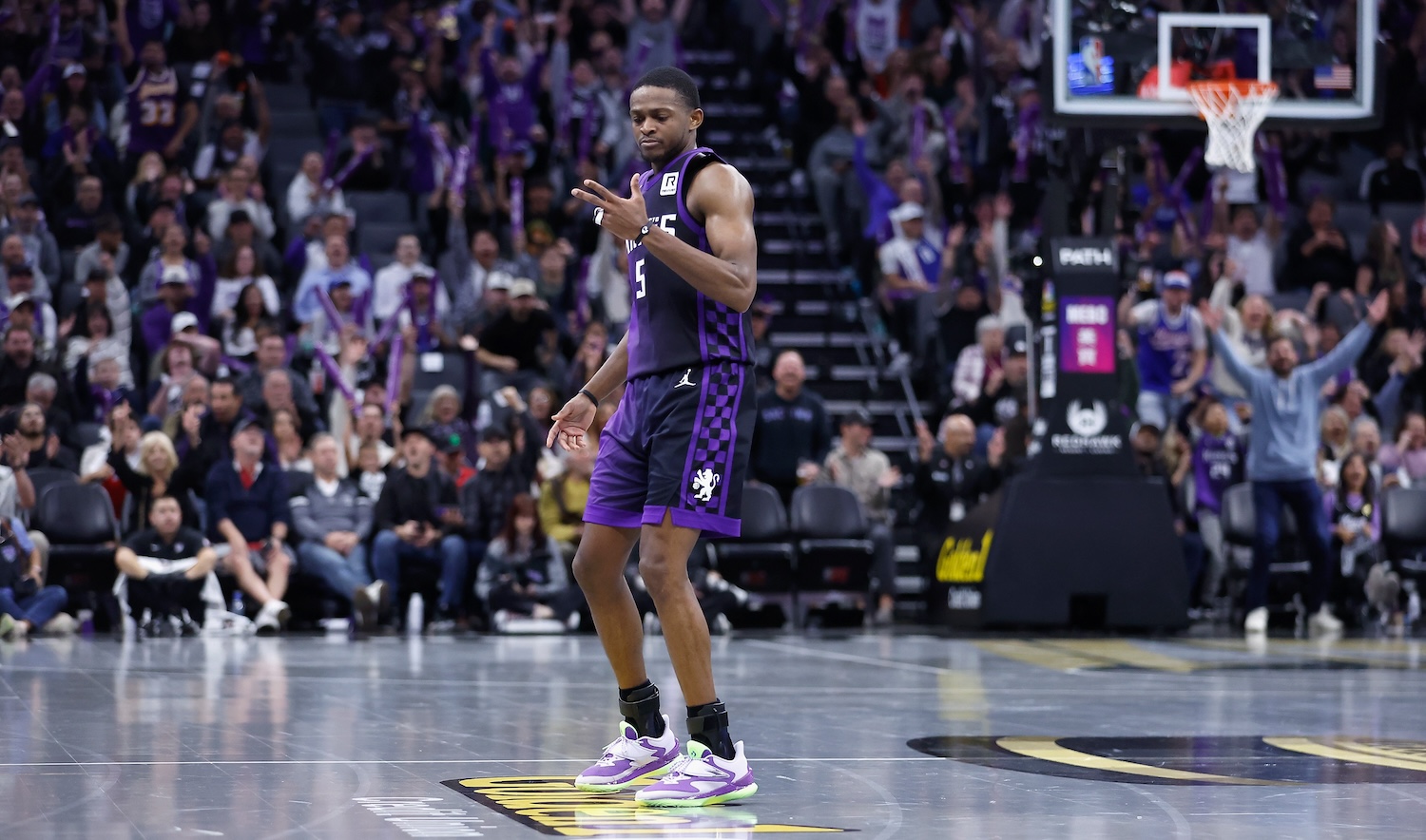Fred McGriff is a hall-of-famer. That's good; McGriff was a great player, and just as importantly, a cool one. The lanky slugger raked for a bunch of teams, and looked fabulous in every uniform—somehow even the Devil Rays'—and had a rad nickname and almost reached 500 homers and enjoyed a late-career power surge of the sort that happened a lot in the '90s and early '00s but rarely before or since, but nobody likes to talk about that last one. In electing the Crime Dog, who hovered around 20 percent on the BBWAA ballot (before receiving a sentimental but ultimately symbolic 40 percent on his 10th and final ballot), the Hall of Fame Veterans Committee righted the writers' wrong. That's ostensibly the entire point of the committee.
But if you had hoped the committee would right certain other wrongs, you hoped in vain. The 16 former players, current and former executives, and media members who make up the Contemporary Era Committee delivered a decisive blow to the HOF hopes for Barry Bonds and Roger Clemens, the standard-bearers for steroid-era greatness.
McGriff was named on all 16 ballots as the only candidate to reach the 75-percent threshold necessary for election. Results of the Contemporary Baseball Era Players Ballot: Fred McGriff (16 votes, 100.0%); Don Mattingly (8 votes, 50%); Curt Schilling (7 votes, 43.8%); Dale Murphy (6 votes, 37.5%); Albert Belle, Barry Bonds, Roger Clemens and Rafael Palmeiro each received less than four votes.
Numerically, it's maybe not quite as grim as it looks: Voters were only allowed to list three players on their ballot, and discussion among the voters no doubt made it clear that Bonds and Clemens didn't have wide enough support, so those three votes were better spent on players with higher chances of reaching the 12-vote threshold. But it's also not likely to get better anytime soon. The current iteration of the Hall's committees has "Contemporary Era" players (1980–present) up for consideration every three years. That's enough time for plenty of borderline cases (thanks at least in part to the steroid-era traffic jam on the BBWAA ballot) to hit the veterans' ballot, and if Bonds and Clemens couldn't scare up real support this time, they're not likely to gain much ground, if any. The composition of the committee may change slightly over the years, but this is the first time I'm confronting and accepting the likelihood that Bonds, Clemens, and eventually Alex Rodriguez simply will never make to Cooperstown.
You can probably guess my take on that: it stinks! But it is at least a little funny that the steroid guys' second-chance hopes rested on escaping the writers, who disliked them for assorted reasons, and instead relying on the Veterans Committee, who very famously have always existed to reward their pals and exercise their grievances. And so Bonds and Clemens, who steadily built support among BBWAA voters to reach 60-something percent on the ballot, are back to square one, because nobody holds grudges like a former colleague can.
Thesis statement: Baseball takes itself too seriously. Reverence is not always a bad thing, especially for an institution that relies on its history as a large part of its appeal. But any attempt to treat a sport as a hallowed and inviolable temple instead of what it is to the outside world—an entertainment product—has diminishing returns, to the point of sucking the enjoyment from it and leaving it a cold monument instead of a living, breathing, flawed and messy pageant. Baseball, to me, is fun, and should be fun, and the fun is in watching cool players do cool things, and how those cool things make you feel, and not really worrying too much about the extent to which biochemical assistance affects free agency market rates, or numbers in record books. This is admittedly a simple-brained way to enjoy the game, but I'd also argue it's a pure one. There's a reason Bonds and Clemens steadily built support among the BBWAA as voter rolls were purged and younger writers who haven't yet had the joy of watching baseball beaten out of them joined the electorate.
It wasn't always this way. Baseball used to embrace its characters, and its villains, and yes, even its cheaters. Go on the Hall of Fame website right now and just to the side of the banner story on McGriff's election, you'll find an obituary for Gaylord Perry, who died last week at the age of 84, and whose name is synonymous with the spitball. Perry won 314 games over 22 seasons, and by his own admission cheated for 20 of those seasons. He'd load up his baseball with whatever was at hand—spit, sweat, mud, rosin, vaseline, capsolin—and it would do nasty, unholy things on its way to fooling batters. He spent years experimenting to find the right combination of substances, and, crucially, how to hide it. (He was caught and suspended just once in his life, which was one more time than Bonds or Clemens were for their sins.)
“I had to learn how to load it up," Perry said, "how big a load the ball would carry, where to drop the load, how to grip the ball, and how to release it as well as how to control And probably most important of all, how to hide it from four umpires, three coaches, a manager and 25 players on the field as well as spying executives up in the box seats."
Perry was not shy about his cheating, and baseball adores him for it. He titled his 1974 autobiography/confessional, written and released in the prime of his career, Me And The Spitter. Commissioner Bowie Kuhn, when asked about Perry's book, would say only that he "enjoyed it." Opposing players and managers were understandably not so charmed by Perry's competitive advantage, but they proved to be on the wrong side of history. The spitter is firmly part of Perry's lore, and of the sport's. Perry was elected to the Hall of Fame in 1991.
If there is a place in Cooperstown for Gaylord Perry, there is a place for Barry Bonds and Roger Clemens. If it is understandable that those who played against them or had to cover them hold grudges, it should also be understood that those grievances only tell a part of their story, and ignores the far stronger, and to my mind more vital plot thread of cool players doing cool things and making the game more fun to watch. The Hall of Fame, in this accounting, is not a shrine and not even really a museum, but rather a narrative of baseball. That narrative, as experienced by those who love the sport, should have room for its main characters, as ambiguously unheroic as they may be.





